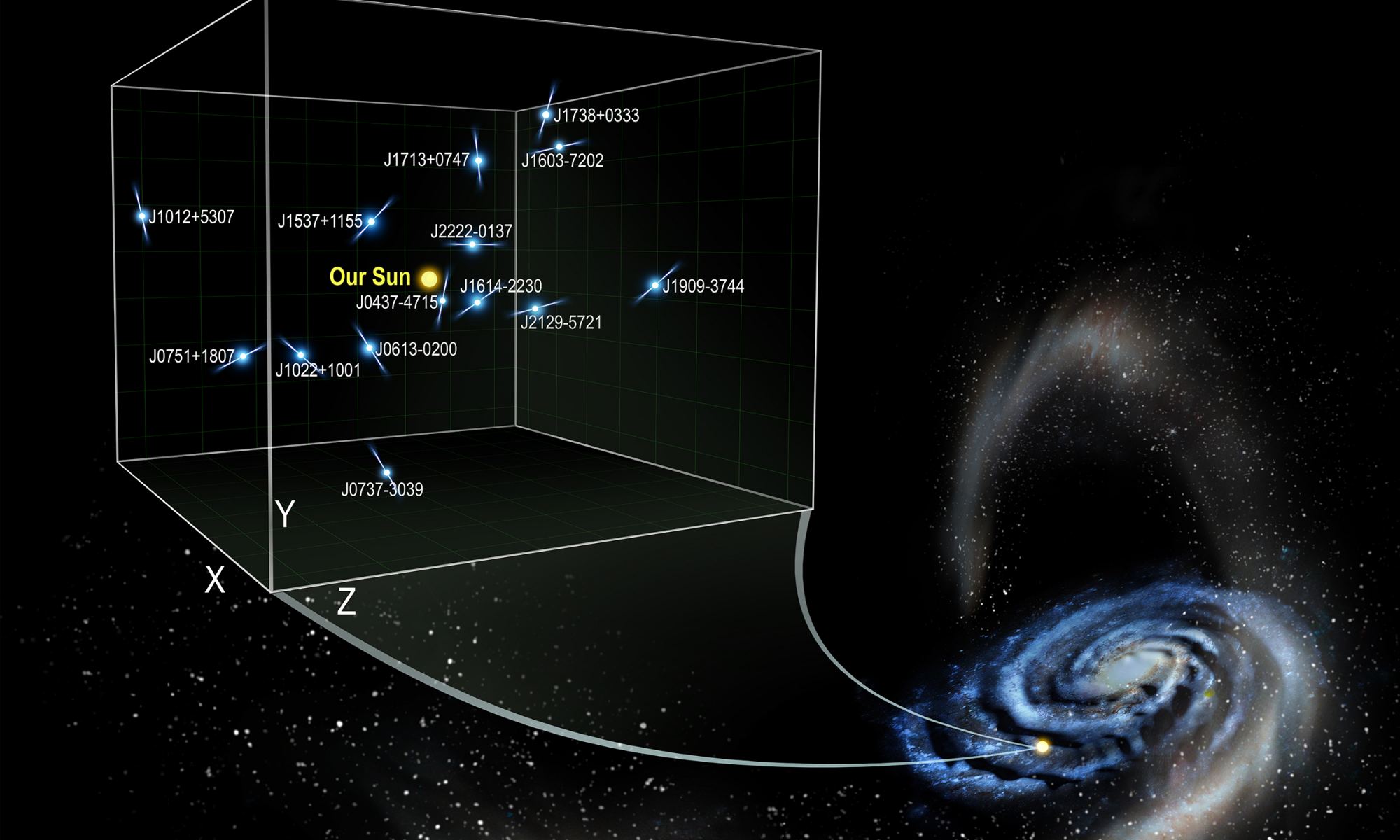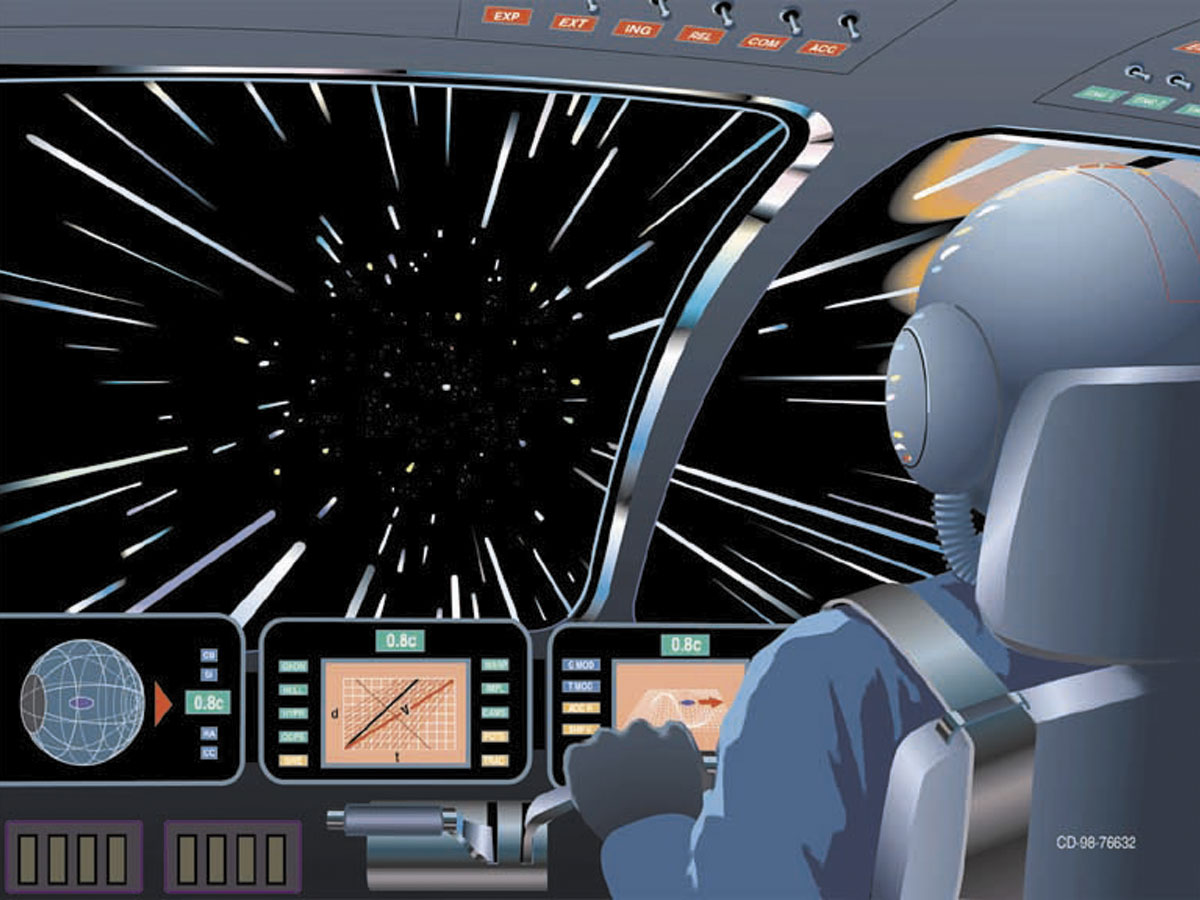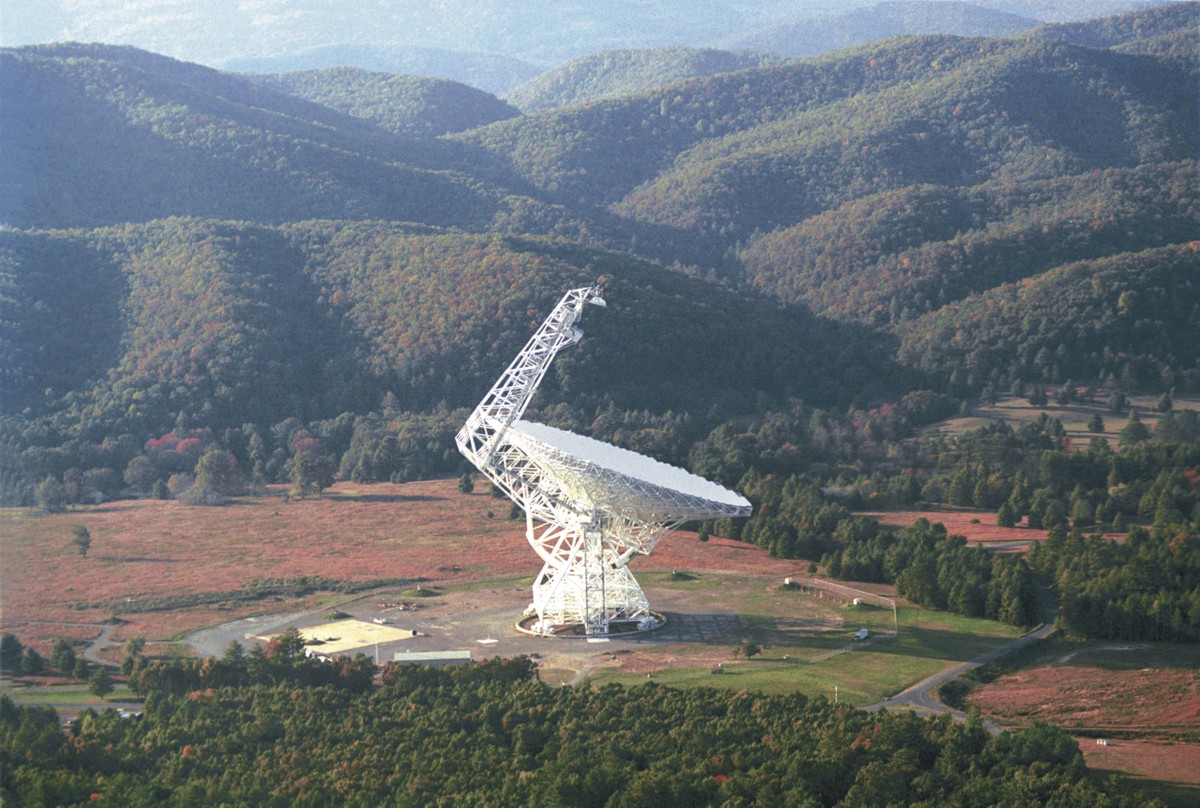Our universe contains some enormous black holes. The supermassive black hole in the center of our galaxy has a mass of 4 million Suns, but it’s rather small as galactic black holes go. Many galactic black holes have a billion solar masses, and the most massive known black hole is estimated to have a mass of nearly 70 billion Suns. But just how big can a black hole get?
Continue reading “In Theory, Supermassive Black Holes Could get Even More Supermassive”Strange Green Star is the Result of a Merger Between two White Dwarfs
A white dwarf isn’t your typical kind of star. While main sequence stars such as our Sun fuse nuclear material in their cores to keep themselves from collapsing under their own weight, white dwarfs use an effect known as quantum degeneracy. The quantum nature of electrons means that no two electrons can have the same quantum state. When you try to squeeze electrons into the same state, they exert a degeneracy pressure that keeps the white dwarf from collapsing.
Continue reading “Strange Green Star is the Result of a Merger Between two White Dwarfs”Planets are Finally Being Discovered Orbiting Farther From Their Stars
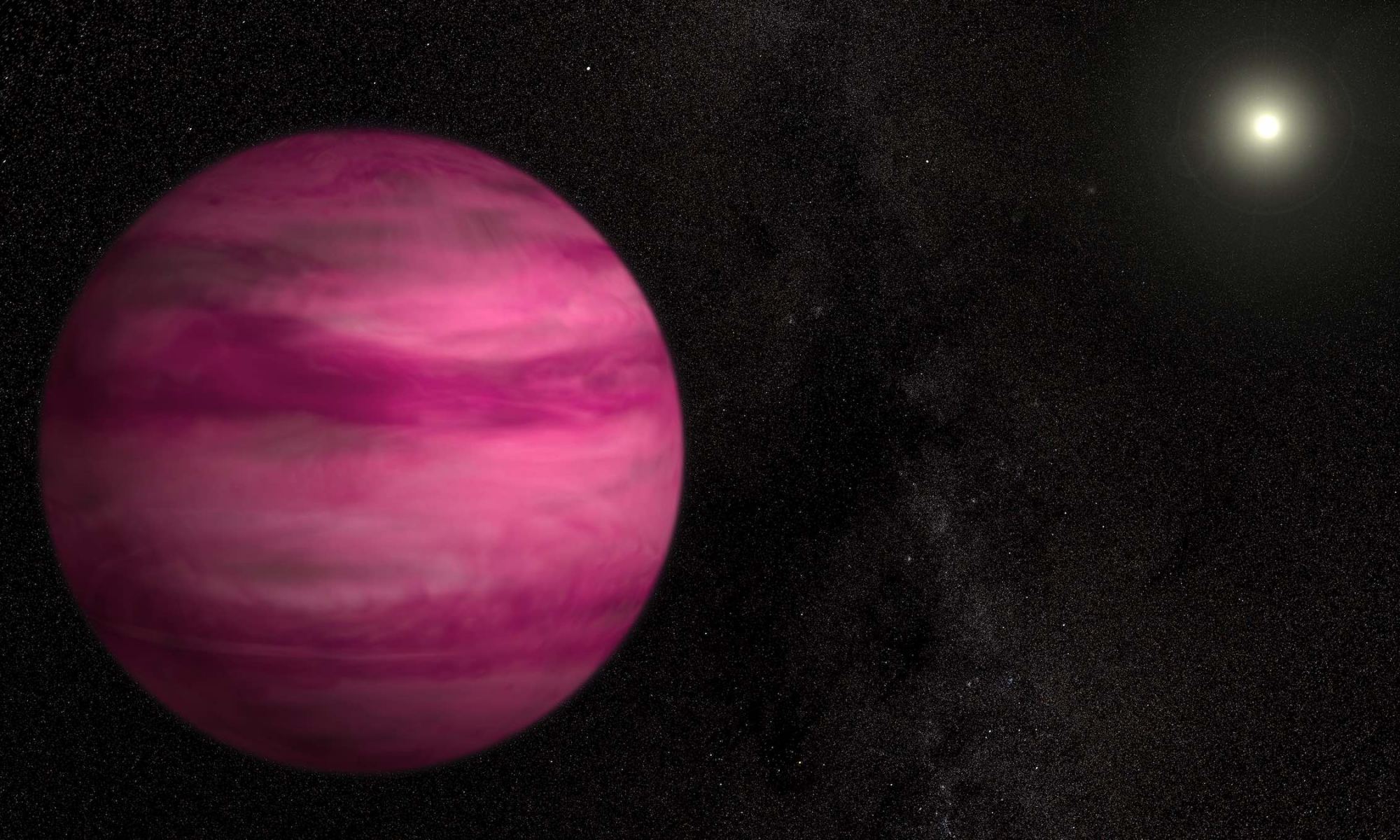
Discovering exoplanets is a difficult job. Given the challenges, it’s amazing that we’ve found any at all. But astronomers are clever, so there are currently more than 4,300 confirmed exoplanets. They range from small Mercury-sized worlds to planets larger than Jupiter, but most of them have one thing in common: they orbit close to their home star.
Continue reading “Planets are Finally Being Discovered Orbiting Farther From Their Stars”Astronomers see a Hint of the Gravitational Wave Background to the Universe
Gravitational-wave astronomy is still in its infancy. LIGO and other observatories have opened a new window on the universe, but their gravitational view of the cosmos is limited. To widen our view, we have the North American Nanohertz Observatory for Gravitational Waves (NANOGrav).
Continue reading “Astronomers see a Hint of the Gravitational Wave Background to the Universe”Astronomers can use Pulsars to Measure Tiny Changes of Acceleration Within the Milky Way, Scanning Internally for Dark Matter and Dark Energy
As our Sun moves along its orbit in the Milky Way, it is gravitationally tugged by nearby stars, nebulae, and other masses. Our galaxy is not a uniform distribution of mass, and our Sun experiences small accelerations in addition to its overall orbital motion. Measuring those small tugs has been nearly impossible, but a new study shows how it can be done.
Continue reading “Astronomers can use Pulsars to Measure Tiny Changes of Acceleration Within the Milky Way, Scanning Internally for Dark Matter and Dark Energy”There's no way to Measure the Speed of Light in a Single Direction
Special relativity is one of the most strongly validated theories humanity has ever devised. It is central to everything from space travel and GPS to our electrical power grid. Central to relativity is the fact that the speed of light in a vacuum is an absolute constant. The problem is, that fact has never been proven.
Continue reading “There's no way to Measure the Speed of Light in a Single Direction”New Observations Agree That the Universe is 13.77 Billion Years old
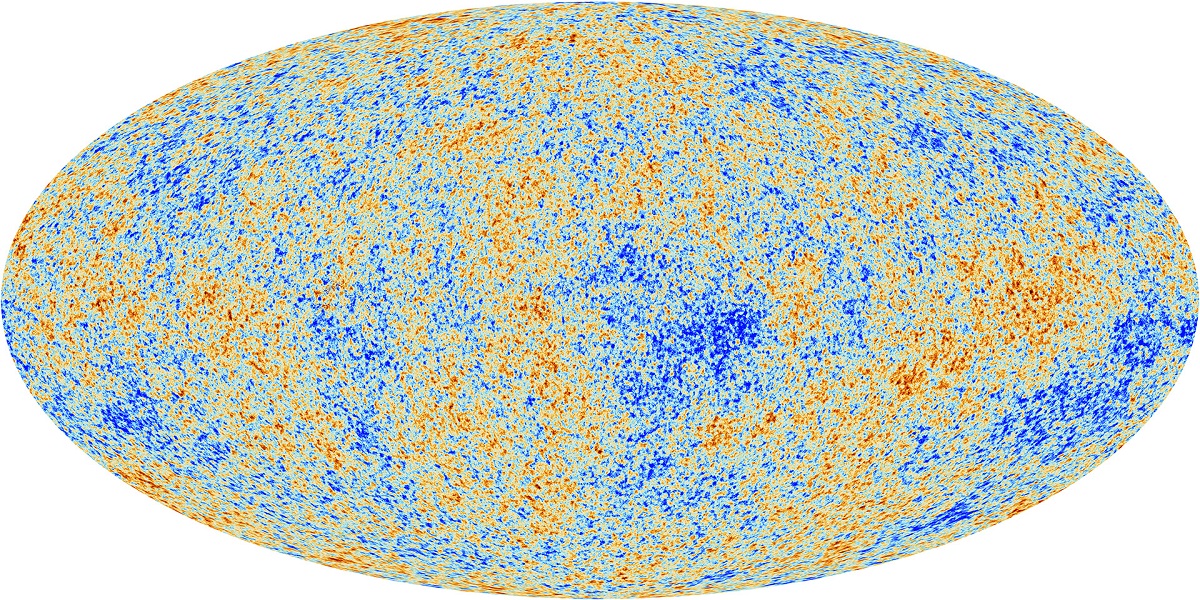
The oldest light in the universe is that of the cosmic microwave background (CMB). This light was formed when the dense matter at the beginning of the universe finally cooled enough to become transparent. It has traveled for billions of years to reach us, stretched from a bright orange glow to cool, invisible microwaves. Naturally, it is an excellent source for understanding the history and expansion of the cosmos.
Continue reading “New Observations Agree That the Universe is 13.77 Billion Years old”Astronomers Improve Their Distance Scale for the Universe. Unfortunately, it Doesn't Resolve the Crisis in Cosmology
Measuring the expansion of the universe is hard. For one thing, because the universe is expanding, the scale of your distance measurements affects the scale of the expansion. And since light from distant galaxies takes time to reach us, you can’t measure what the universe is, but rather what it was. Then there is the challenge of the cosmic distance ladder.
Continue reading “Astronomers Improve Their Distance Scale for the Universe. Unfortunately, it Doesn't Resolve the Crisis in Cosmology”New Data Supports the Modified Gravity Explanation for Dark Matter, Much to the Surprise of the Researchers
Dark matter is an extremely good theory. It’s supported by a wealth of observational and computational data, which is why it’s part of the standard model of cosmology. But dark matter hasn’t been directly observed, so sometimes even strong supporters of dark matter are motivated to look at the alternatives.
Continue reading “New Data Supports the Modified Gravity Explanation for Dark Matter, Much to the Surprise of the Researchers”If Axions Explain Dark Matter, it Could be Possible to Detect Them Nearby Neutron Stars
As we continue to search for dark matter particles, one thing is very clear: they cannot be any of the elementary particles we’ve discovered so far. The particles would need to have mass, but interact with light only weakly. Of the known particles, neutrinos fit that description, but neutrinos have a tiny mass, and aren’t nearly enough to explain dark matter. Some other kind of particle must make up the majority of dark matter.
Continue reading “If Axions Explain Dark Matter, it Could be Possible to Detect Them Nearby Neutron Stars”



